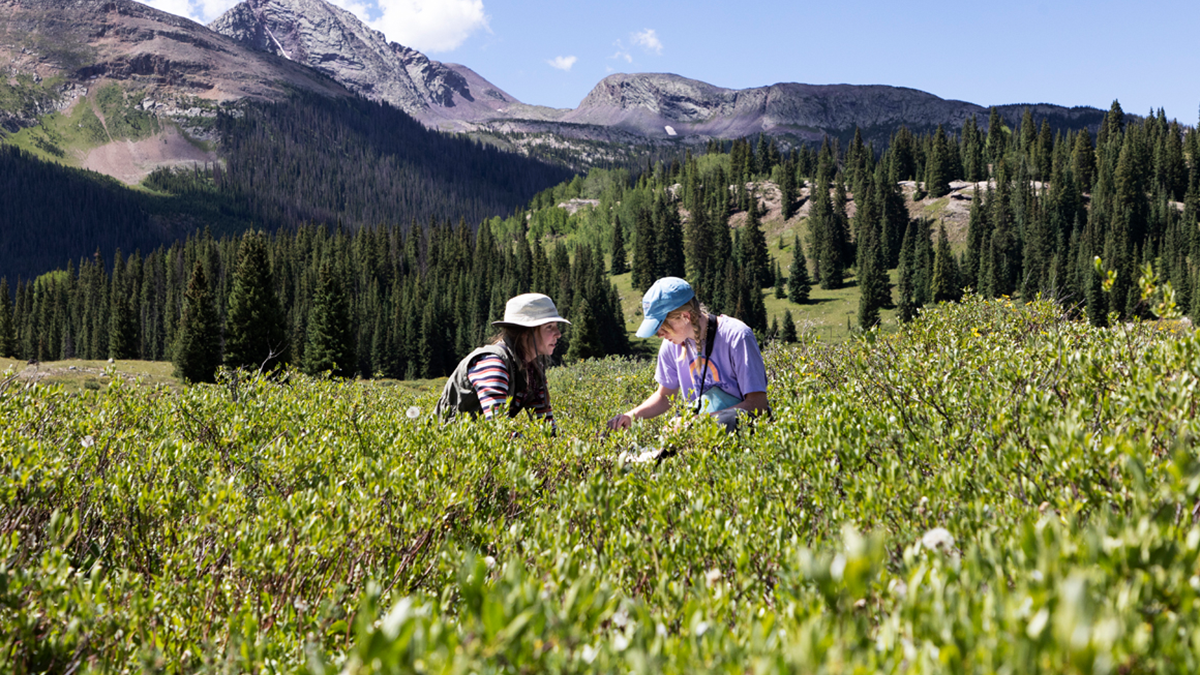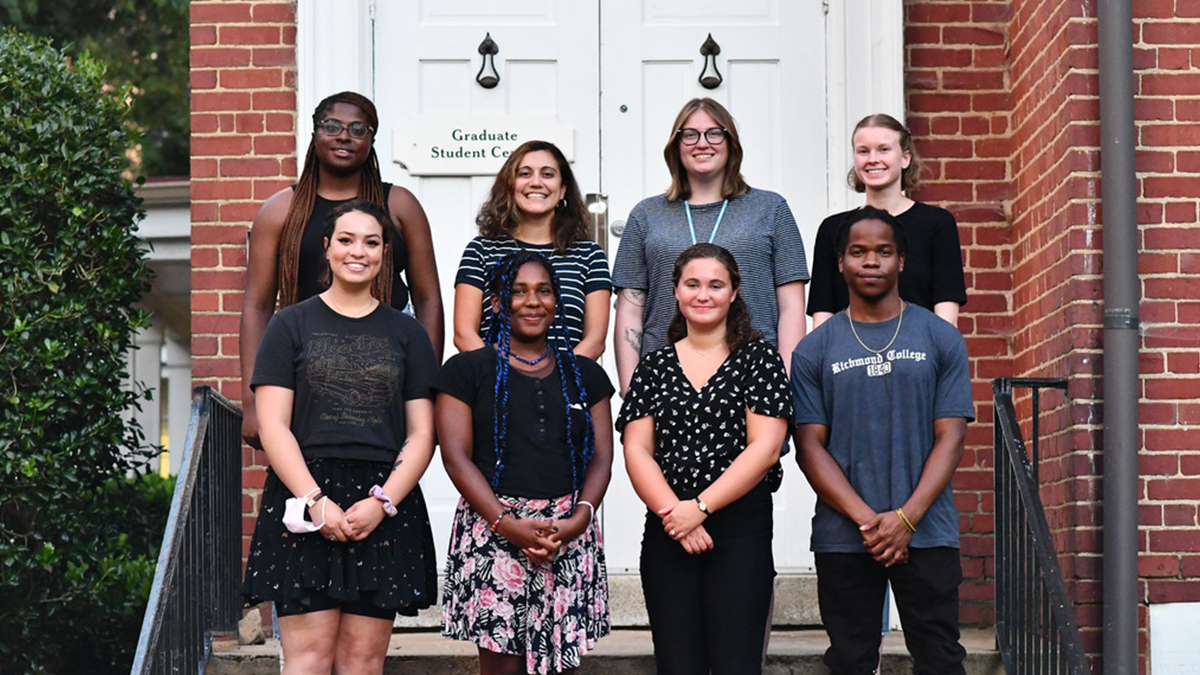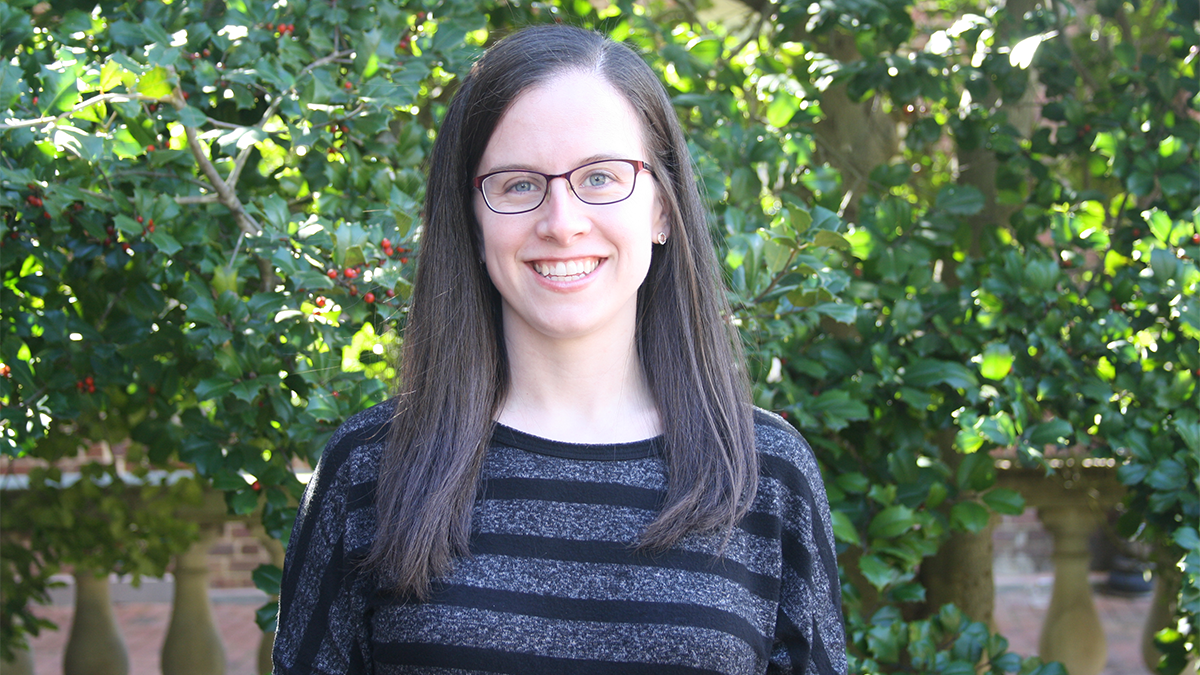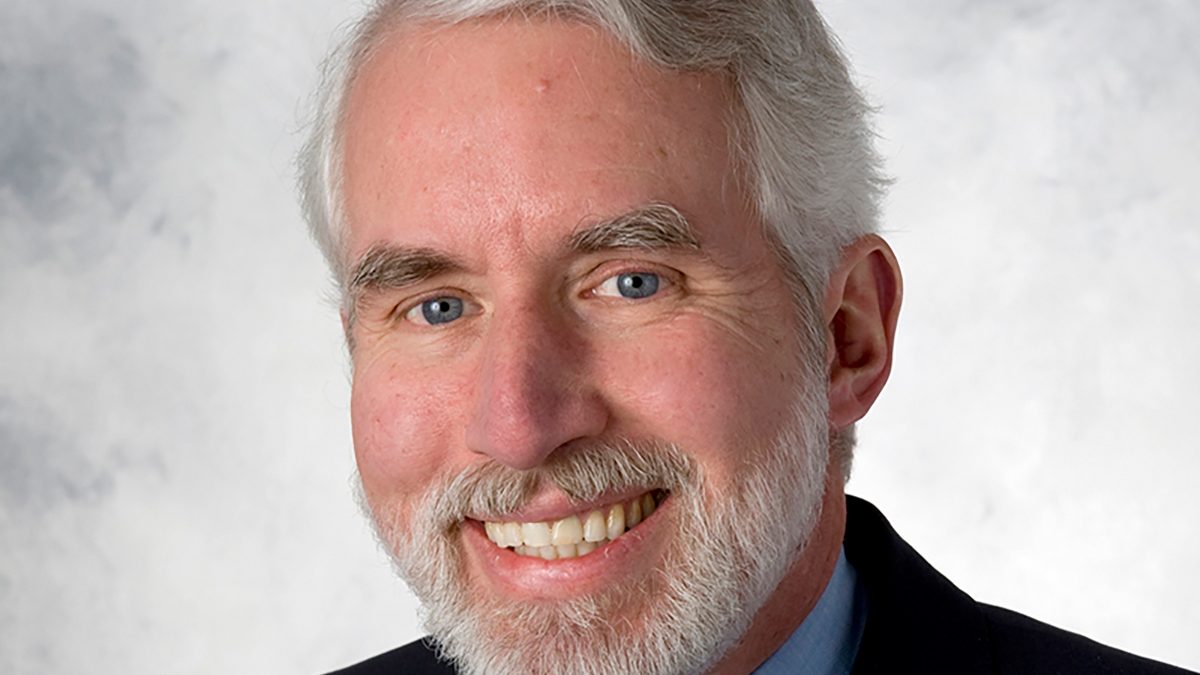Revered Saints and Ritual Death
Uncovering reverence in the fourth to sixth centuries to improve contemporary cultural understanding
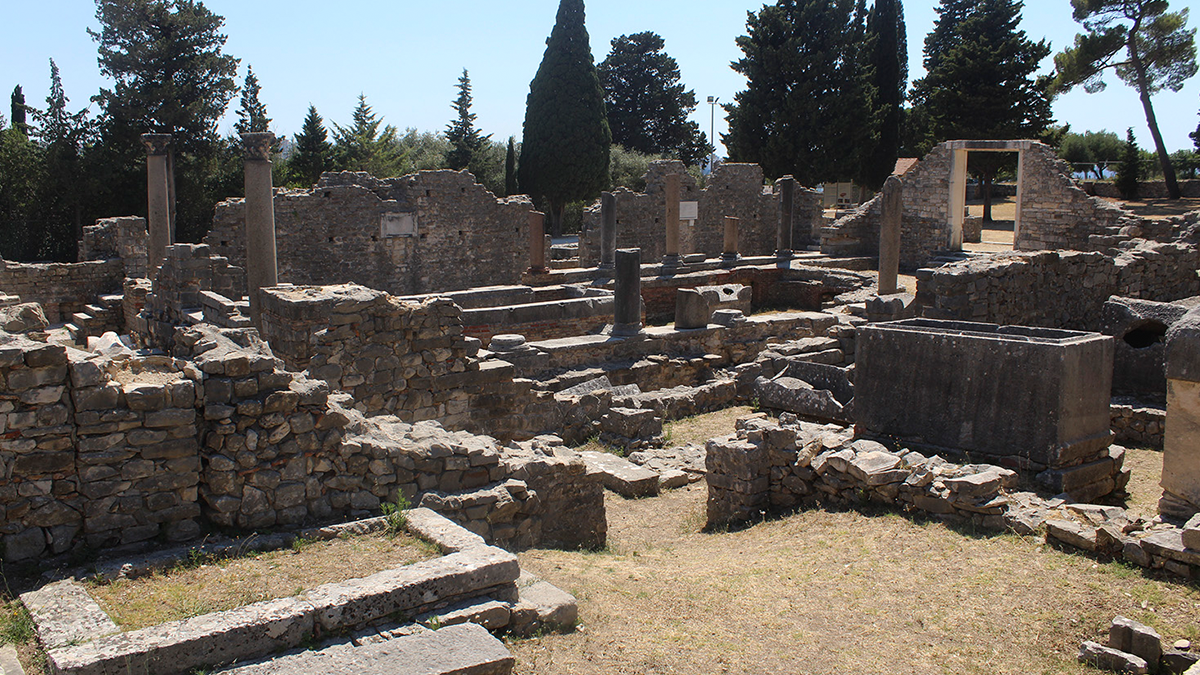
Uncovering reverence in the fourth to sixth centuries to improve contemporary cultural understanding
On a warm summer day in Salona, Croatia, Michelle Freeman walks under an eroding archway and pauses, in awe of her surroundings. She is greeted by a menagerie of sarcophagi, some so large they cast a shadow over her, others so crumbled they’re nearly unidentifiable. If she’d visited this ancient Christian basilica in the fourth century, the area she’s currently standing in would actually be underground. As she heads further into the necropolis, she comes upon a tomb with a small, closed-off cavity underneath it.
“It’s clear this was something special,” shared Freeman, adding that historians believe this to be the tomb of Saint Domnio — a bishop martyred under the emperor Diocletian in the early fourth century.
“Visiting Manastirine was kind of an ethereal experience — to see all the layers of the cemetery and the church built on top of it,” she said.
Manastirine’s layers date back to the Hellenistic period, two centuries before Christ was born. The basilica was built over the graves much later.
Freeman, a UNC-Chapel Hill PhD candidate in the department of religious studies, spent two weeks this past summer traveling across Croatia, North Macedonia and Greece to visit cemeteries like this one for her dissertation. She strives to improve understanding of how saints were venerated in the fourth century and studies this by analyzing the homilies that were preached on their feast days within these spaces.
“I’m motivated by the fact that we should try to understand each other religiously,” Freeman said. “Because we all interact with religion, spirituality or ethics in some way, whether we recognize it or not.”
Her research was funded, in part, by a Summer Research Fellowship from The Graduate School at UNC-Chapel Hill, which allowed her to travel to the Mediterranean this summer.
